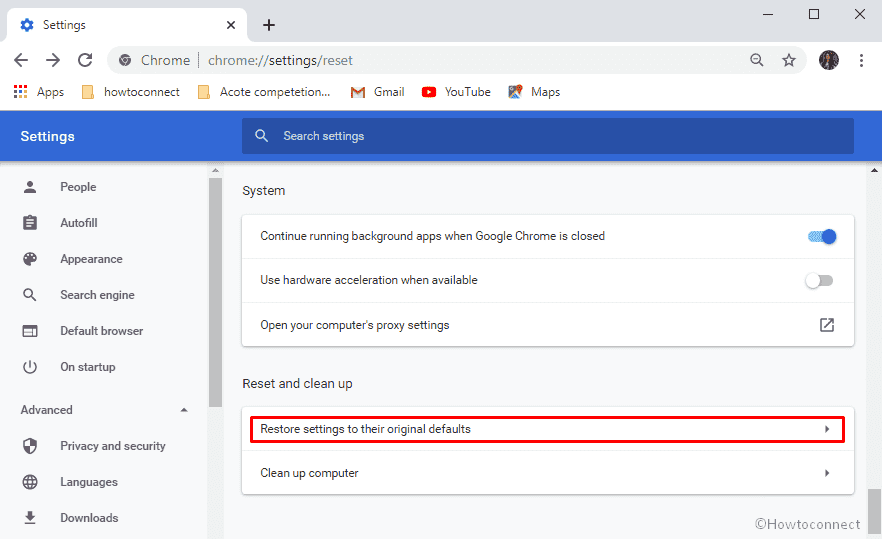

In the left sidebar, click Privacy and Security settings.Ĭlick on Site Settings and scroll down to Content settings in Additional Permissions.Ĭheck the circle for Don't allow sites to send pop-ups or use redirects. To do so, follow these steps:Ĭlick the three vertical dots in the top-right corner to access Settings. Luckily, Chrome allows you to block such activity by disabling the settings for allowing websites to use pop-ups and redirects. It may also be responsible for the opening of unwanted websites and pop-ups. As a result, you'll be redirected to multiple pages every time you visit such a website. Using redirects, websites can send traffic to their desired location, which can be an affiliate page, a landing page, or a promotional offer. Let's take a look at eight different ways to stop websites from opening on Chrome. Hidden malware might be to blame, but the issue could also be in your browser settings. Your selections will be remembered.By opening unwanted websites in new tabs, Chrome often frustrates its users. Make your selections and close the Settings tab.

You can also adjust fonts and sizes to improve the visual effects of web sites. From here you can set the default magnification settings for all web pages. If you dont see the options for hardware acceleration in the settings it may be because you use a different language for Chrome. Scroll down until you see the Web content section. This will display some additional settings for you to adjust. On the Settings page, click the Show advanced settings… link at the bottom of the page. To adjust the default magnification level so all pages open at a specific zoom level, click the three horizontal lines in the upper right corner of Chrome, and select the settings option. Click the “reset to default” button to return the page to the default magnification level. When you do this, you will see an icon on the right side of the address bar, indicating the zoom level has deviated from the default.
If you are using a mouse, you can hold down the keyboard Ctrl key and use the mouse wheel to zoom in or out. To manually adjust the settings, use the Ctrl key and “+” or “-” combos to increase or decrease the page magnification. There are 2 ways to adjust the zoom settings: Permanently set the zoom level for all pages opened with Chrome (useful when using high resolution displays), or manually adjust the magnification settings on a case-by-case basis.īy default, Chrome sets the zoom level to 100%. If you need to adjust the size of website content, use the ZOOM feature of Google Chrome to shrink or magnify text and pictures.


 0 kommentar(er)
0 kommentar(er)
